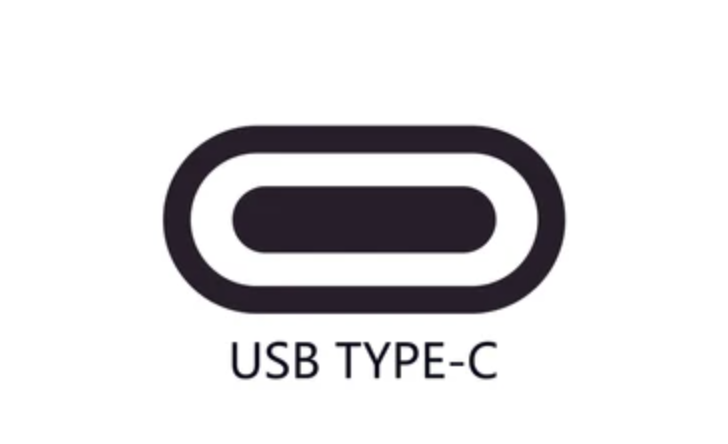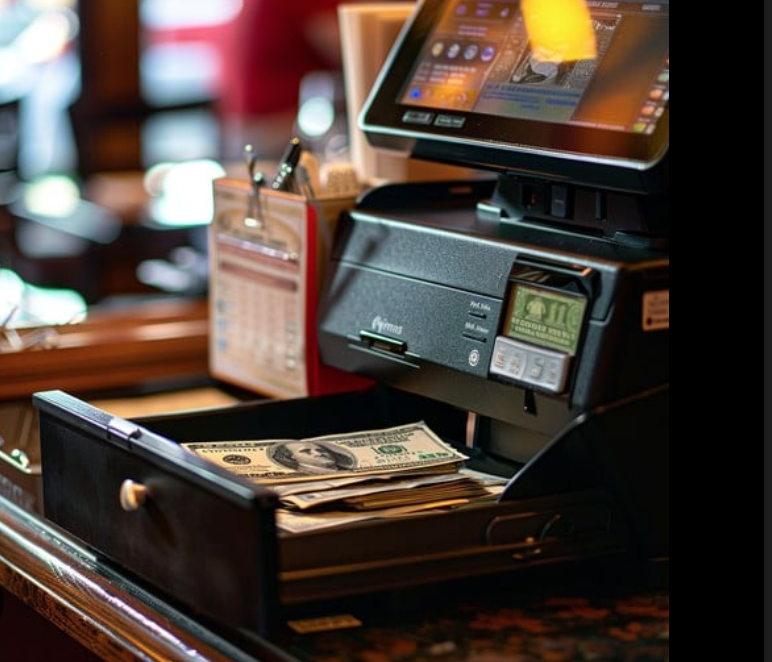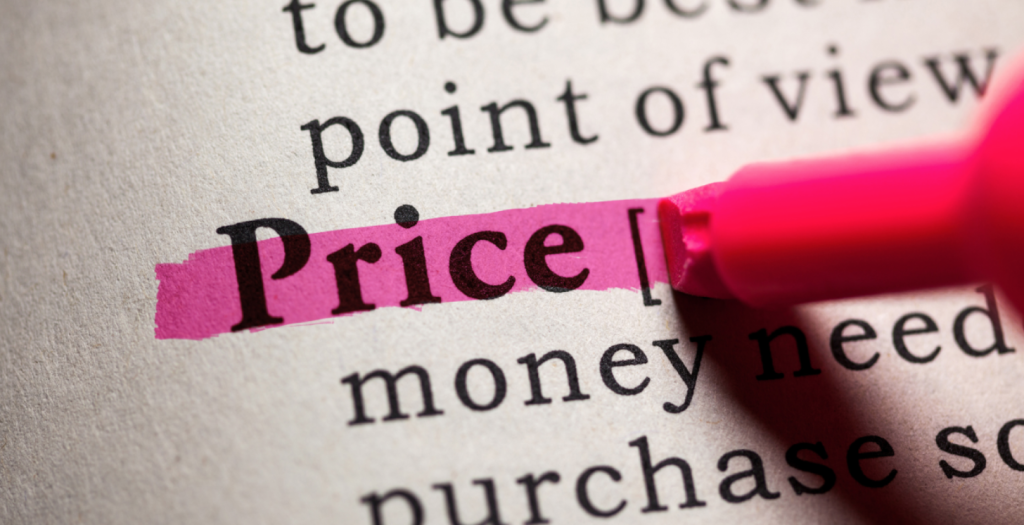The USB-C Era Has Arrived: How to Pivot Inventory, Pricing, and Placement Now
For years, Apple set its own path with the Lightning connector while the rest of the smartphone world moved to USB-C. That split created confusion for consumers and headaches for anyone managing cable assortments. Now the split is ending: in 2022, the European Union adopted a common-charger law requiring many portable devices sold in the EU to use USB-C by 2024, and Apple confirmed it would comply. This alignment reshapes demand across retail, hospitality, fitness, vending, and repair channels.
Why the Switch to USB-C?
The EU’s decision centers on two goals: standardization (fewer “wrong cable” moments) and e-waste reduction (less obsolete stock and fewer redundant accessories). The law formalizes what the market had already been doing—USB-C is widely used across Android phones, laptops, tablets, headphones, and gaming devices—because it supports fast charging and data at a single, reversible connector. (See the European Commission’s official announcement for context, and Apple’s confirmation on iPhone 15 adopting USB-C.)
For operators, this shift pairs neatly with sustainability initiatives: fewer SKUs to produce, stock, and discard, and clearer labeling that reduces misbuys—principles we echo in our approach to sustainable charging and retail operations.
Apple’s Shift: Lightning Out, USB-C In
With iPhone 15 and onward, new iPhones ship with USB-C ports, bringing Apple and Android into the same connector ecosystem. Practically, that means every iPhone upgrader needs at least one new USB-C cable—and most will want multiples for home, car, work, and travel. It’s one of the largest accessory refresh cycles in years, and it favors retailers who present clear, trusted options with retail-grade packaging and performance—tenets in our Durability by Design standard and the performance promise behind Strong. Fast. Reliable.
What This Means for Wholesalers & Retailers
- Lightning demand declines; USB-C demand surges. Manage ratios now to avoid excess obsolete stock while capturing new-device purchases.
- Inventory simplifies. Fewer parallel SKUs reduces carrying costs and shelf confusion—good news for c-store counters and planograms.
- Cross-device selling gets easier. One cable fits phones, tablets, and laptops—ideal for hospitality amenities and fitness front desks.
- Impulse opportunities expand. New iPhone owners need extra cables—prime territory for placements validated in our vending profitability guidance and retail endcaps.
Why BLOKK Fits the USB-C Transition
BLOKK anticipated the shift and built around it. Our USB-A→USB-C and USB-C→USB-C options in the Essentials Series pair nylon-braided jackets with reinforced alloy connectors and reliable fast-charge/data performance—engineered for real-world abuse and presented to move quickly at the counter. That combination aligns with our packaging and QC philosophy in Durability by Design and the operational needs of hotels, gyms, routes, and repair shops.
10 Business Benefits of USB-C Standardization
- Simpler inventory management: one dominant connector reduces SKU complexity and shelf confusion.
- Higher volume demand: every iPhone upgrade triggers fresh cable purchases across life/work touchpoints.
- Cross-device compatibility: sell into phones, tablets, and laptops with a single product family.
- Fewer returns: fewer mismatches between Lightning and USB-C means fewer customer service issues.
- Bundling made easy: 2-packs/3-packs and car/home bundles become clearer for shoppers.
- Streamlined marketing: signage and PDPs are simpler when everything is USB-C.
- Hospitality & fitness wins: amenity programs can standardize inventory for guest stays and memberships.
- Less waste: less obsolete stock and better “right-product” selection support sustainability goals.
- Faster refresh cycles: new-device waves keep cable sell-through strong.
- Better CX: one connector = fewer headaches for retailers, gyms, hotels, and repair counters.
Channel Scenarios
Retail & C-store distribution. Consolidate around USB-C, use color-coded pegs, and lean into endcap bundles—tactics we detail in impulse-placement strategy.
Hotels. Standardize amenity stock to USB-C for in-room or front-desk handoffs; fewer SKUs, happier guests—an easy operational win for hospitality teams.
Gyms. Sell blister-pack USB-C at the desk and keep a small amenity stash for saves-the-workout moments—tied to fitness workflows.
Repair shops. Every iPhone 15-series customer is a likely USB-C buyer; bundle with screen repairs—best practice for repair environments.
Lightning Isn’t Gone Overnight
Millions of Lightning devices remain in circulation, so Lightning will continue selling during the transition. The smart move: adjust ratios now—maintain a measured Lightning presence while ramping USB-C. That dual stance limits write-downs while capturing the surge. It also supports responsible disposition of legacy inventory—consistent with our view on low-waste merchandising.
How BLOKK Helps You Transition
- Dual-SKU support: USB-C as the lead, Lightning available through the phase-out.
- Retail-ready packaging: clean blister cards built for fast, confident decisions at the counter.
- Wholesale programs: bulk pricing and standardized assortments for multi-site rollouts.
Bottom Line
The common-charger shift is creating one of the biggest accessory refresh waves in a decade. It’s good for consumers (one connector) and good for operators (simpler assortments, fewer returns). BLOKK’s nylon-braided, reinforced USB-C lineup is engineered for this moment—and packaged to convert at point of sale.
Strong. Fast. Reliable. Partner with BLOKK.





